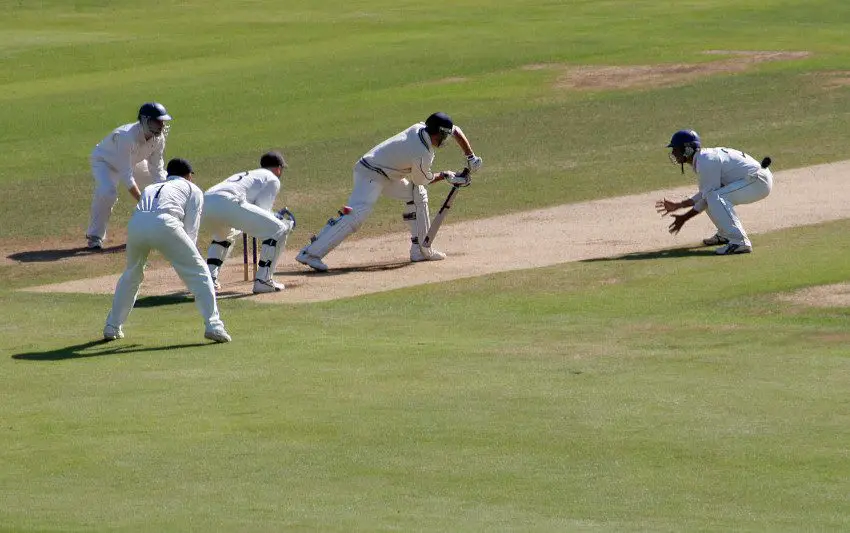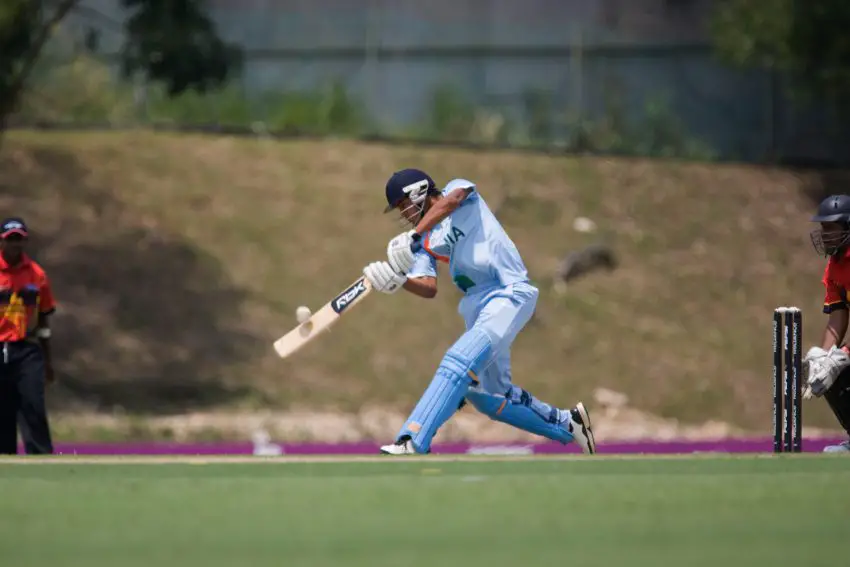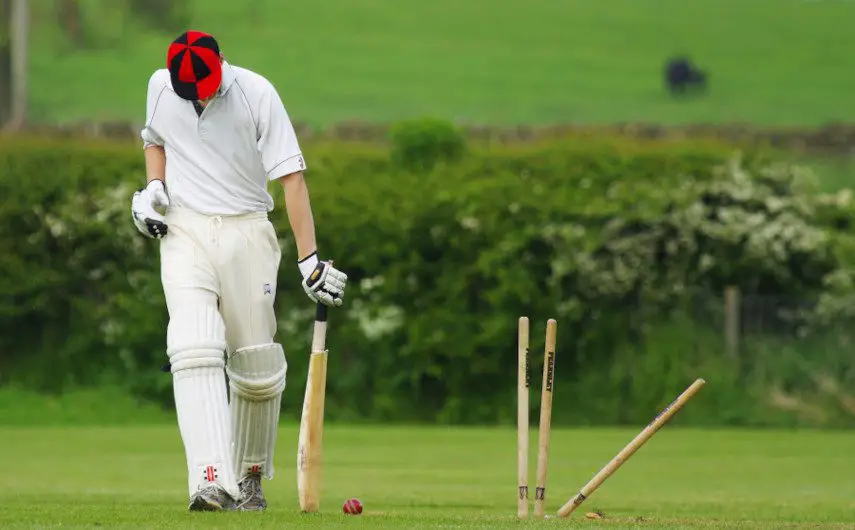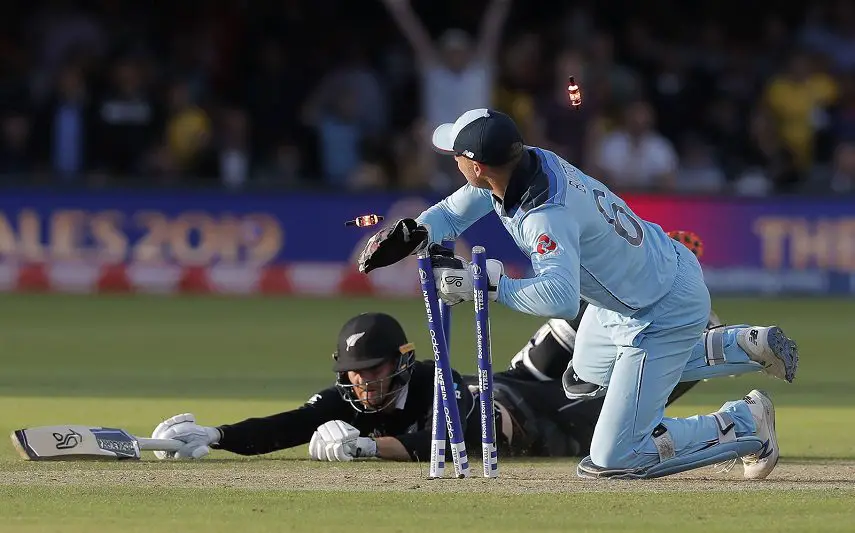Table of Contents
New technology plays an important role in modern day cricket and I’m going to discuss the role of snicko in today’s game.
What is Snicko in Cricket?
Snicko is short for snickometer and its job is to help out with the Decision Review System. The technology currently in place detects whether or not the ball has hit the bat or the batsman’s gloves before being caught.
Its name comes from the word ‘snick’ which describes an edge so snick becomes ‘Snicko’.
How Does the Snickometer Work?
It can get a bit technical at times but the equipment works by placing a very sensitive microphone close to the stumps.
That microphone is connected to an oscilloscope. The microphone picks up sounds and the oscilloscope tracks them. When the video footage is viewed by the third umpire, sound waves are shown on the visual display.
Combined with the footage of the batsman, the official can then detect as to when a sound wave has occurred. For example, snicko’s technology can pick up waves from the bat or the batsman’s pad.
If there are no soundwaves at all, the ball hasn’t hit anything.


Does Snicko Work in Real-Time?
The Snickometer does monitor play in real time. However, when the third umpire is called on to review the footage, he or she will do so in slow motion.
The slow motion replay gives the officials a better understanding of what has happened and they can use that information to make their decision.
When is Snicko Used?
Snicko is used to help with the Decision Review System (DRS). If the batsman or the fielding side has asked for an on field decision to be referred, Snicko has an important role to play.
Snicko will be used in two different modes of dismissal:
- Catch
- LBW
If the appeal is for a catch, the third umpire will review the footage and use the technology to determine whether or not the ball has hit the bat or glove. If there is bat or glove involved and the catch has been taken cleanly, the decision is ‘out’.
Snicko is also used to determine LBW decisions. Remember, if the ball has hit the bat before it hits the pad, a batter cannot be given out LBW. The Snickometer will therefore be used in making this decision.
If an LBW call has been referred and snicko confirms that there is no bat involved, the umpire can go to ball tracking.
Background
The inventor of Snicko, Allan Plaskett, is a computer scientist and a lot of science is used to explain the mechanics. He continued to develop the product until it was essentially ready to use in the mid-1990s.
Channel 4 employed Snicko, along with Hawkeye and the Red Zone when they won the rights to broadcast live international cricket in 1999. At that point, the technology was not a part of the game and it was just in use to highlight umpiring decisions.


Reception
The TV technology was meant to be used for entertainment purposes but it did tend to highlight some umpiring howlers. Partly for that reason, Snicko and others were implemented into cricket’s laws.
The reception has largely been positive. Technology that is used to assist officials is rarely 100% foolproof but Snicko is accurate enough to have become an important part of the game.
Incidents with Snicko in the Ashes
Like all forms of technology, Snicko is not without its flaws and there has been some criticism. In the 2021/22 Ashes series, the issue was that Snicko wasn’t available due to border and travel issues.
The technology couldn’t get to some of the games in time and a serious lapse came at the Gabba when England’s Dawid Malan survived a strong appeal for caught behind.
There have been other occasions where Snicko has attracted controversy. One such incident occurred in 2013 when Joe Root was given out in an Ashes test in Perth. Snicko was deemed to be inconclusive on that occasion and it was of little help to the umpires.
Also, in a test in 2019, Mahmudullah was given not out despite Snicko appearing to show a spike. It could be argued on that occasion that the fault lay with the umpires and not with technology.
Other Technologies
Snicko is just one of many different pieces of technology that are in place to help umpires. Others, such as ultra edge and hot spot, have also been used to determine whether or not a batsman has hit the ball.
Ultra edge also uses sound waves while hot spot uses infrared cameras to identify heat patches when the ball hits bat or body. Any technology such as this which can help the umpires should certainly be welcomed.



